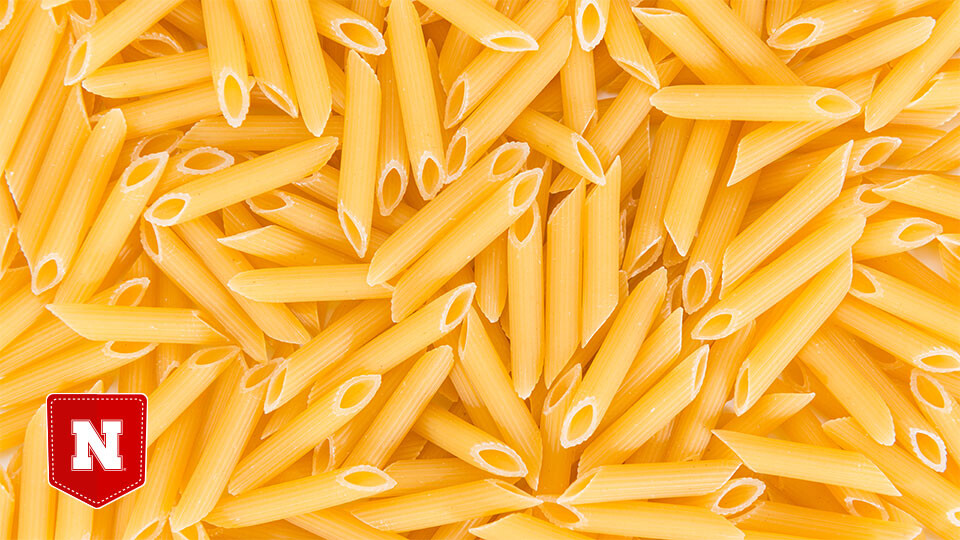Gluten tag? Common restaurant practice transfers gluten to gluten-free pasta

August 27th, 2021
Welcome to Pocket Science: a glimpse at recent research from Husker scientists and engineers. For those who want to quickly learn the “What,” “So what” and “Now what” of Husker research.
What?
Gluten helps hold together and give shape to many food products derived from wheat, barley and rye. But the naturally occurring protein can also trigger an autoimmune response — celiac disease — that eats away at the lining of the small intestine in roughly 1% of people.
Pasta is among the gluten-containing foods for which gluten-free alternatives have been developed. The U.S. Food and Drug Administration allows packaged foods to be labeled as gluten-free if they contain less than 20 parts per million gluten. Yet in a recent study, consumers using handheld devices reported that 50% of supposedly gluten-free pastas being served in restaurants exceeded the 20 ppm threshold.
So what?
Melanie Downs, Jennifer Clarke, Steve Taylor and then-UCARE (now doctoral) student Nate Korth wondered whether the unexpected levels of gluten in “gluten-free” pasta might stem from the fact that restaurants commonly boil different types of pasta in shared water. So the Nebraska team ran an experiment to assess whether gluten from traditional pasta could infiltrate the gluten-free under that condition.
For full news story click here
Story by Scott Schrage | University Communication

